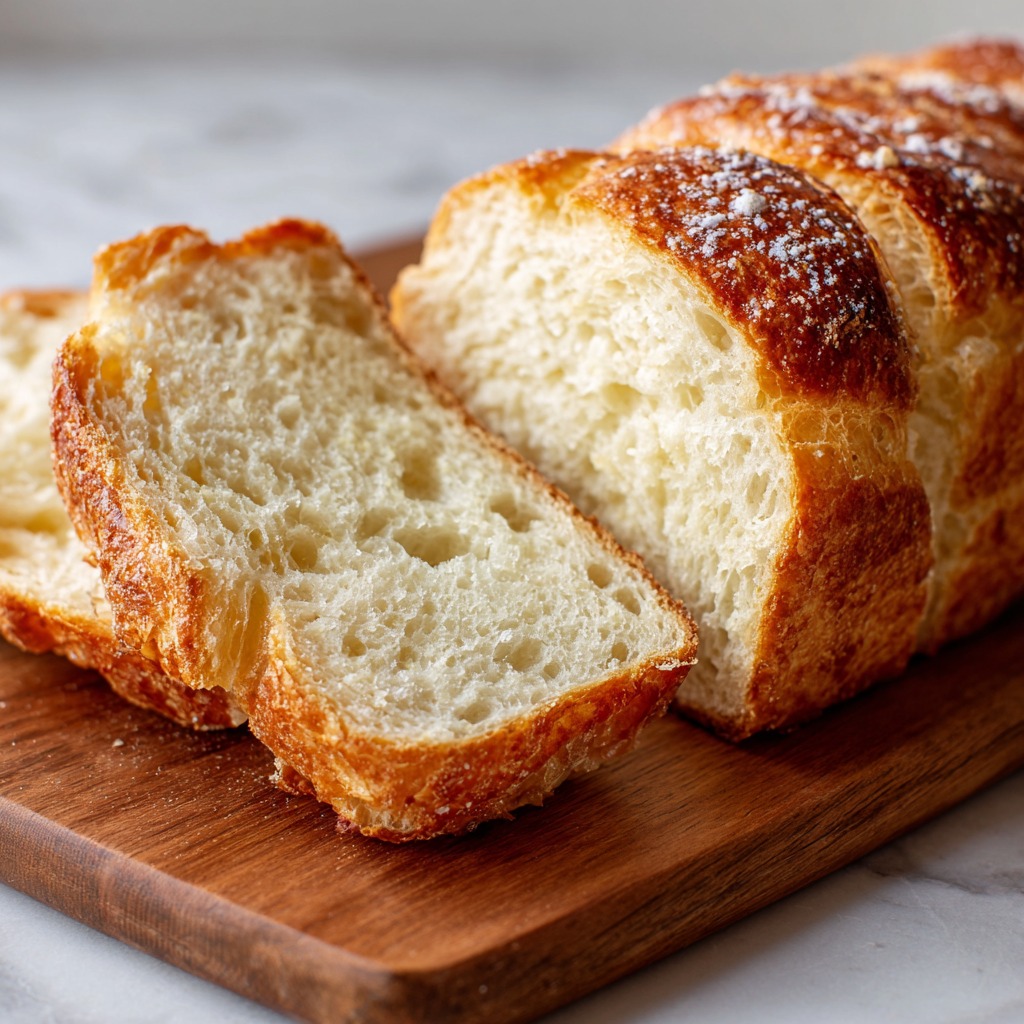Stecca Bread Recipe is an Italian, rustic-type loaf from the region of Lombardy that is easy to make and satisfying, and lends itself well to a worldwide audience. With its delicately airy crumb and crisp crust, Stecca bread is a fantastic departure from what is usually served and enjoyed. Stecca is not fussy and goes well with so many applications, or can be enjoyed casually as breakfast, lunch, and dinner, and is highly appealing to any artisan baker. Additionally, Stecca gives you a chance to strive for a loaf that will be easy to bake and requires minimal ingredients and time.
There are only a few classic ingredients in the Stecca bread recipe, which include flour, water, yeast, salt, and olive oil, and a dough that is easy to work with and flexible to use whenever needed. You can easily adapt this bread to flavors such as herbs, garlic, or olive oil, and it goes great with soups, salads, a simple antipasto, or alone, making this a popular bread for everyone at your table. Any good Stecca recipe relies on the complementary incentive between a crispy crust and soft chewiness.
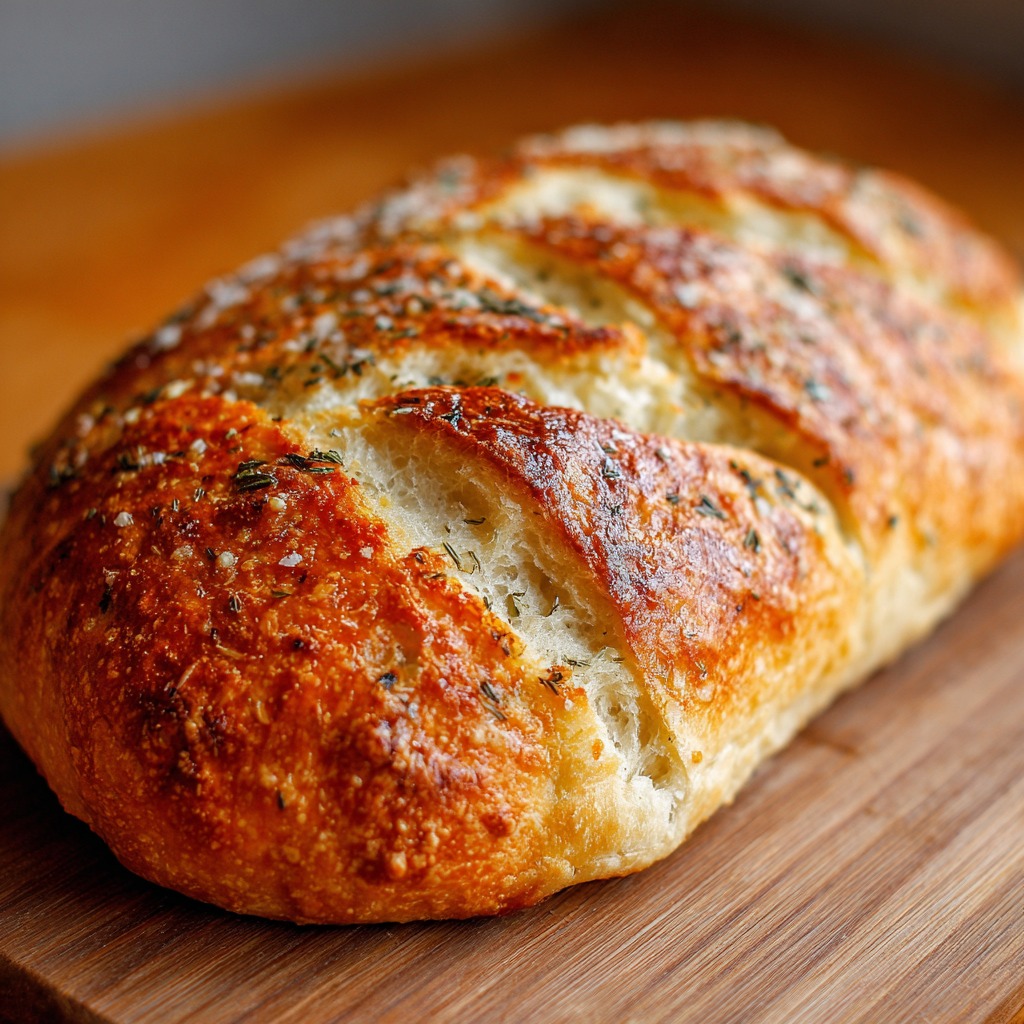
If you are inexperienced at bread baking, you will always feel confident about making Stecca bread.
- What is Stecca Bread? A Rustic Italian Delight
- Essential Ingredients for Stecca Bread Recipe
- Step-by-Step Guide to Making Stecca Bread Recipe
- Tips for Perfecting Your Stecca Bread Recipe
- How to Customize Your Stecca Bread Recipe
- Serving and Enjoying Stecca Bread Recipe
- Common Mistakes to Avoid When Baking Stecca Bread Recipe
- Why Stecca Bread is Perfect for Beginners and Experts Alike
- The History Behind Stecca Bread: A Taste of Italy's Tradition
- Pairing Stecca Bread with Italian Wines and Cheeses
- Gluten-Free Stecca Bread: Is It Possible?
- The Best Tools for Baking Stecca Bread at Home
- Stecca Bread: A Perfect Snack for Every Occasion
- How to Add Flavor to Your Stecca Bread with Spices and Herbs
- Stecca Bread for Special Diets: Vegan and Dairy-Free Options
- Stecca Bread: A Perfect Addition to Your Bread-Making Repertoire
- Share Your Twist!
What is Stecca Bread? A Rustic Italian Delight
Stecca bread Recipe is a traditional Italian loaf originating from the Lombardy region. With its elongated shape and light, airy texture, it is a loaf favored by Italian families. Stecca bread has a crispy golden crust that is soft and chewy on the inside, offering a beautiful contrast to other breads. This bread may be enjoyed with a meal, made into a sandwich, or eaten alone with olive oil and balsamic vinegar. We will explore why Stecca bread is so special in this section and examine why both home bakers and professional chefs love the loaf.
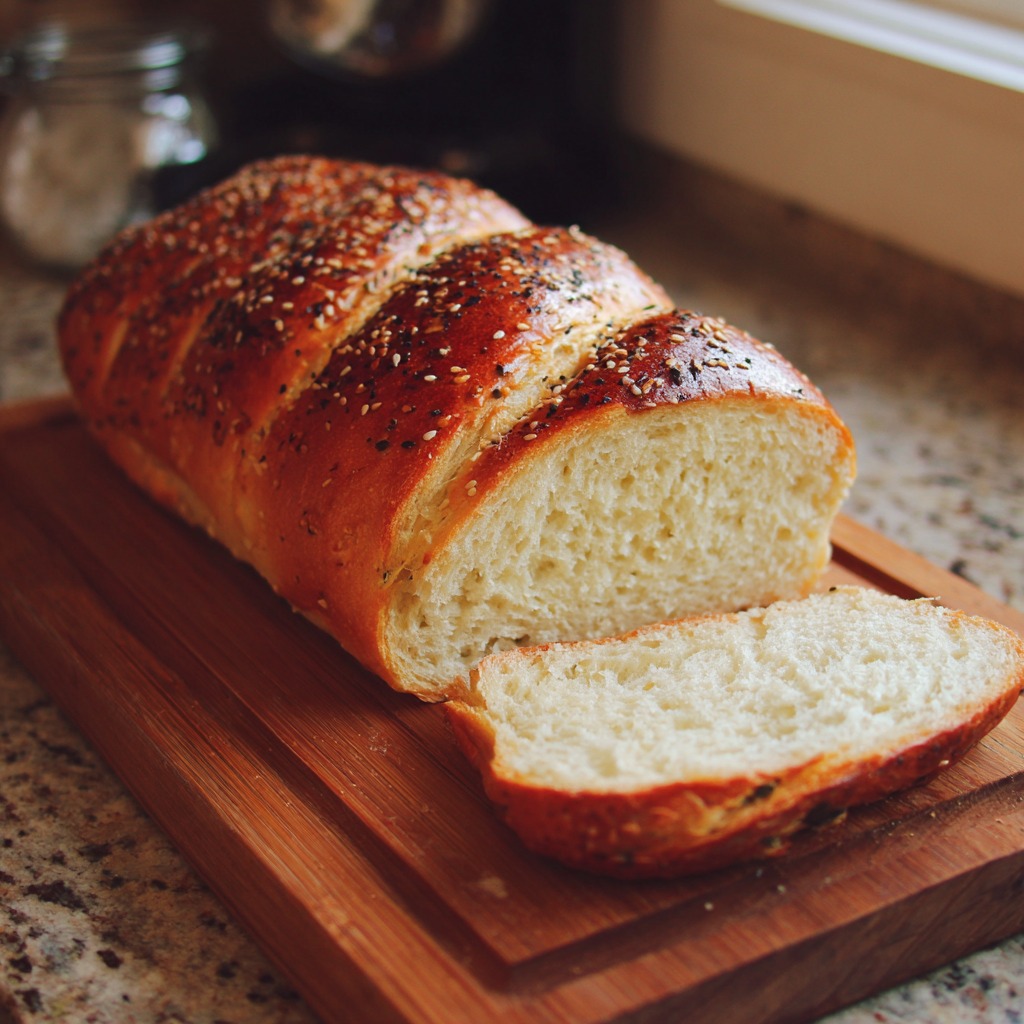
Essential Ingredients for Stecca Bread Recipe
Creating the perfect Stecca bread requires just a few simple ingredients, but the quality and balance of each ingredient are key. The basic ingredients include:
- Flour: High-quality bread flour ensures a chewy texture and structure.
- Water: Hydration of the dough is crucial for a soft crumb and crisp crust.
- Yeast: Active dry yeast or fresh yeast helps the dough rise and develop flavor.
- Salt: Enhances the overall flavor and controls yeast fermentation.
- Olive Oil: Adds richness and contributes to the bread’s tender crumb. In this section, we’ll discuss the role of each ingredient and how they come together to create the perfect loaf of Stecca bread.
Step-by-Step Guide to Making Stecca Bread Recipe
Making the Stecca bread at home is simple, and it is gratifying. You will first make the dough, mixing the ingredients, and allow it to rise. Once you have shaped the dough into the unique long, stick shape, then put it in the oven. The result will be a loaf of bread that has a crunchy, golden brown crust with a soft crumb on the inside of the loaf. The remainder of the section will walk you through the steps of mixing, kneading, and the final bake of the recipe so that you can leave with a perfect loaf every time.
Tips for Perfecting Your Stecca Bread Recipe
While Stecca bread is a simple recipe, a few tips can help you master the art of baking it perfectly:
- Kneading: Proper kneading develops the gluten, resulting in a chewy texture.
- Rising Time: Allow enough time for the dough to rise; this ensures better flavor and texture.
- Baking Temperature: Stecca bread benefits from high heat, which helps achieve the crisp crust.
- Steam: Creating steam in the oven while baking helps with the crust’s texture. This section provides expert tips to take your Stecca bread to the next level, making it even more delicious and professional-looking.
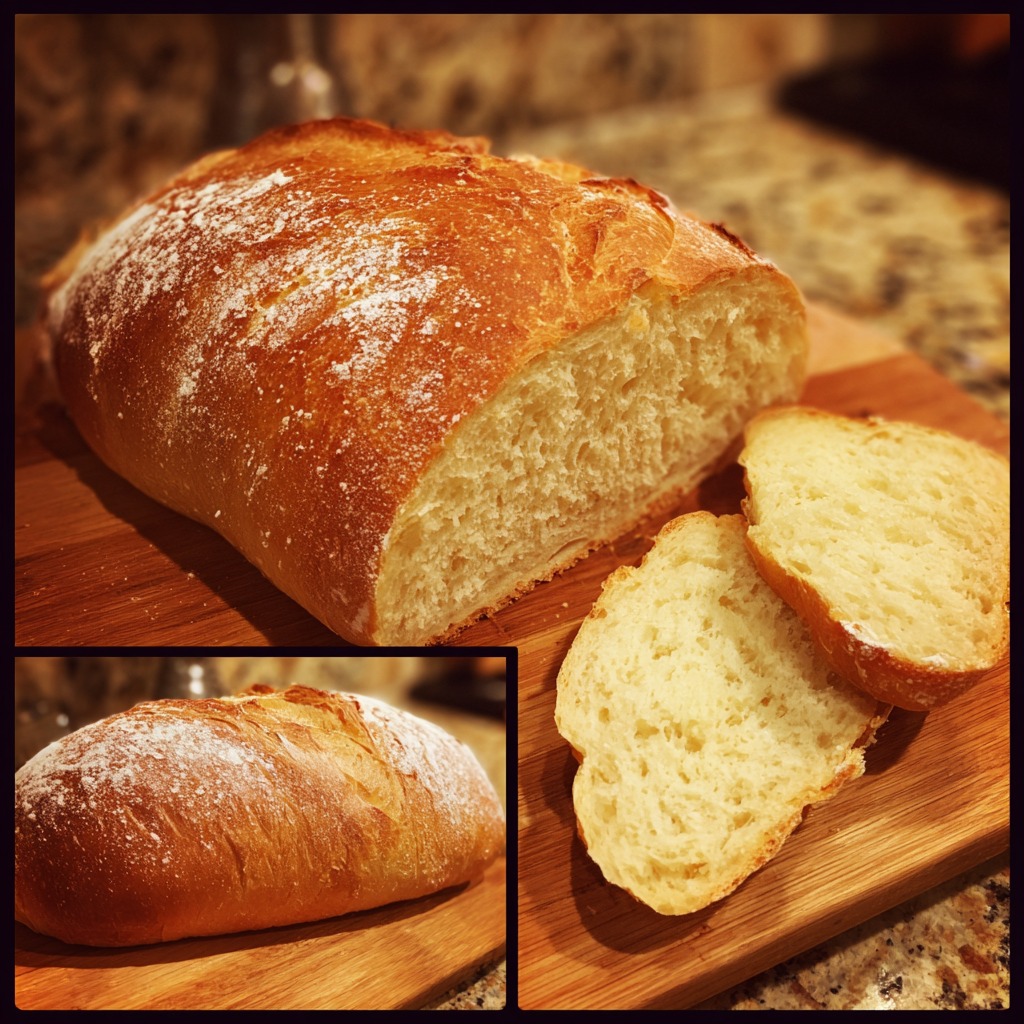
How to Customize Your Stecca Bread Recipe
One of the joys of baking Stecca bread is its versatility. You can customize the dough to suit your preferences by adding ingredients such as:
- Herbs and Garlic: Infuse the dough with fresh rosemary, thyme, or garlic for added flavor.
- Olives or Sun-Dried Tomatoes: Incorporate savory ingredients to elevate the bread.
- Cheese: Grated Parmesan or other cheeses can be added to the dough or sprinkled on top for extra richness. This section will show you how to personalize your Stecca bread with different flavors and ingredients, making it uniquely yours.
Serving and Enjoying Stecca Bread Recipe
There are many ways to enjoy Stecca bread. It can be served with Italian pasta dishes, soups, or salads, or used as a sandwich. Its versatility makes it an excellent addition to any meal. Also, Stecca can be paired with a variety of cheeses, cured meats, or dips such as hummus or tapenade. This section outlines several ideas for serving and enjoying your Stecca bread made from scratch.
Common Mistakes to Avoid When Baking Stecca Bread Recipe
Like any recipe, there are typical pitfalls to be aware of when making Stecca, and usually these hurt the texture and/or flavor of the bread. Common errors include selecting the wrong type of flour, not allowing enough time for the dough to rise, and baking at too high or too low a temperature. This section explores these potential problems and will help you improve your Stecca bread-making projects.
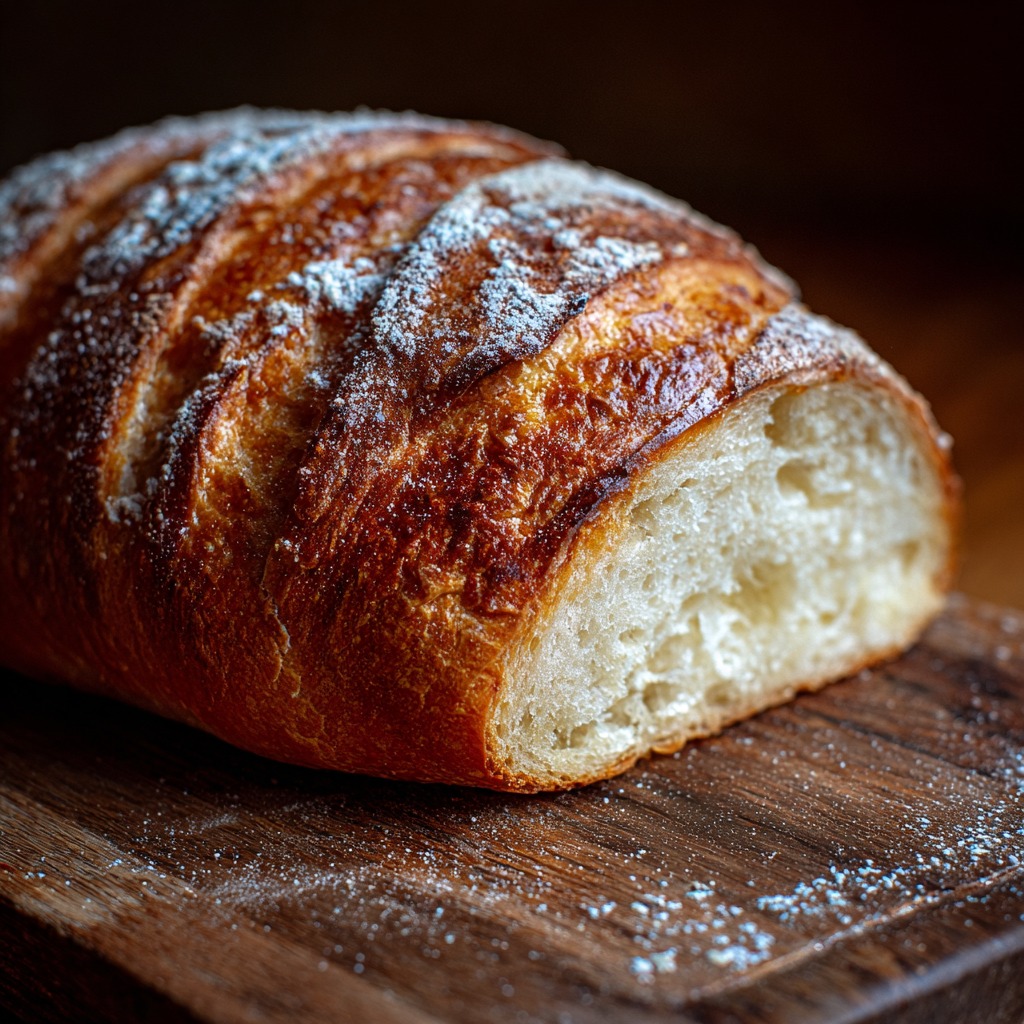
Why Stecca Bread is Perfect for Beginners and Experts Alike
Stecca bread provides a satisfying and easy way to experiment with baking. With simple ingredients and a relatively simple baking process, it is easy enough for budding bakers, yet with enough freedom and customization, it’s also enjoyable enough for experienced bakers that there is always another variation to try. Whether you are first learning to bake or a professional home baker, Stecca bread affords you the opportunity to practice your skills and come up with a delicious artisanal loaf.
The History Behind Stecca Bread: A Taste of Italy’s Tradition
Stecca bread has a strong history in Italian cooking, rooted explicitly in Lombardy, where it was baked in wood ovens. Over time, this country bread became popular across Italy, utilizing versatile ingredients. Stecca was primarily used for dipping in broth or as a snack with salumi and cheese.
In this section, we will explore the history of Stecca bread, its origins, and how it has become commonplace in the homes of many Italians.
Understanding the Science of Stecca Bread Dough
Baking Stecca bread is not simply about following a recipe; baking bread is about understanding the science behind it. The dough’s structure relies on a combination of yeast fermentation, gluten development, and hydration to create a unique flavor and texture. The yeast ferments the bread dough and creates gases to leaven the bread. The gluten also creates structure in the dough. This section will discuss the science behind yeast fermentation and gluten development, and how we can use that information to troubleshoot your bread-making.
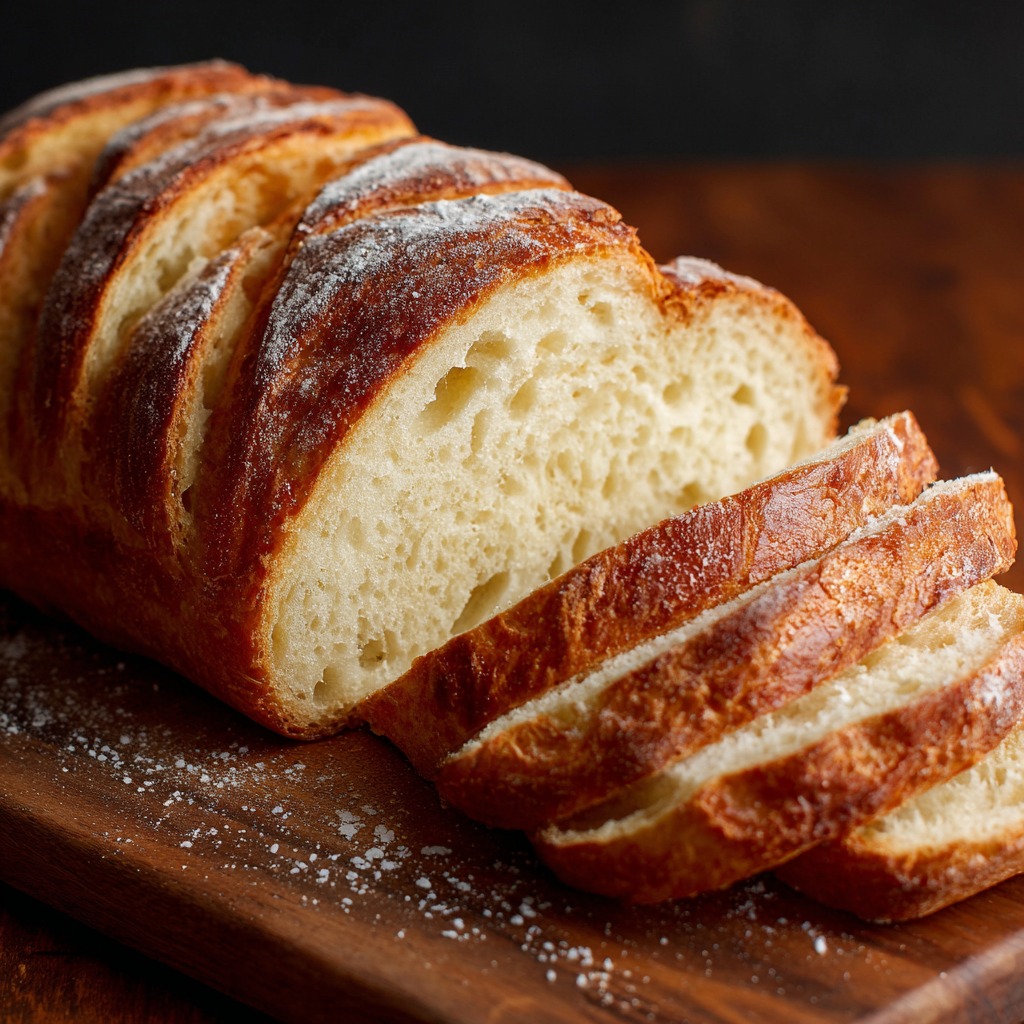
How to Store Stecca Bread for Maximum Freshness
While Stecca bread is best eaten fresh, it can be stored without losing quality for later use. If you do have any leftover Stecca, you will want to properly store it so that it maintains its texture and flavor. We will cover in this section how to store Stecca bread, whether wrapped in a cloth bag or stuffed in a bread box, and how to reheat it so it will taste as fresh as it did the day it was baked.
Stecca Bread Variations from Different Regions of Italy
Although Stecca bread is most widely associated with Lombardy, other regions in Italy each have their own version of this popular loaf. Some areas may use alternate flours, such as whole wheat flour, or change the hydration levels to get a denser or fluffier bread. This section discusses the regional variants in all their glory to inspire you on how you might modify the recipe to your taste.
Pairing Stecca Bread with Italian Wines and Cheeses
If you will include Stecca bread with your Italian meal, consider including some Italian wines and cheeses for a special touch in your meal experience. Stecca is mild and earthy in flavor and will pair nicely with various Italian wines, such as light white wine (like a Pinot Grigio) or more earthy flavors with rich reds (like Chianti). Italian cheeses also pair well with Stecca (mozzarella, ricotta, or pecorino). This section provides ideas on the best pairings with Stecca bread and your overall meal experience.
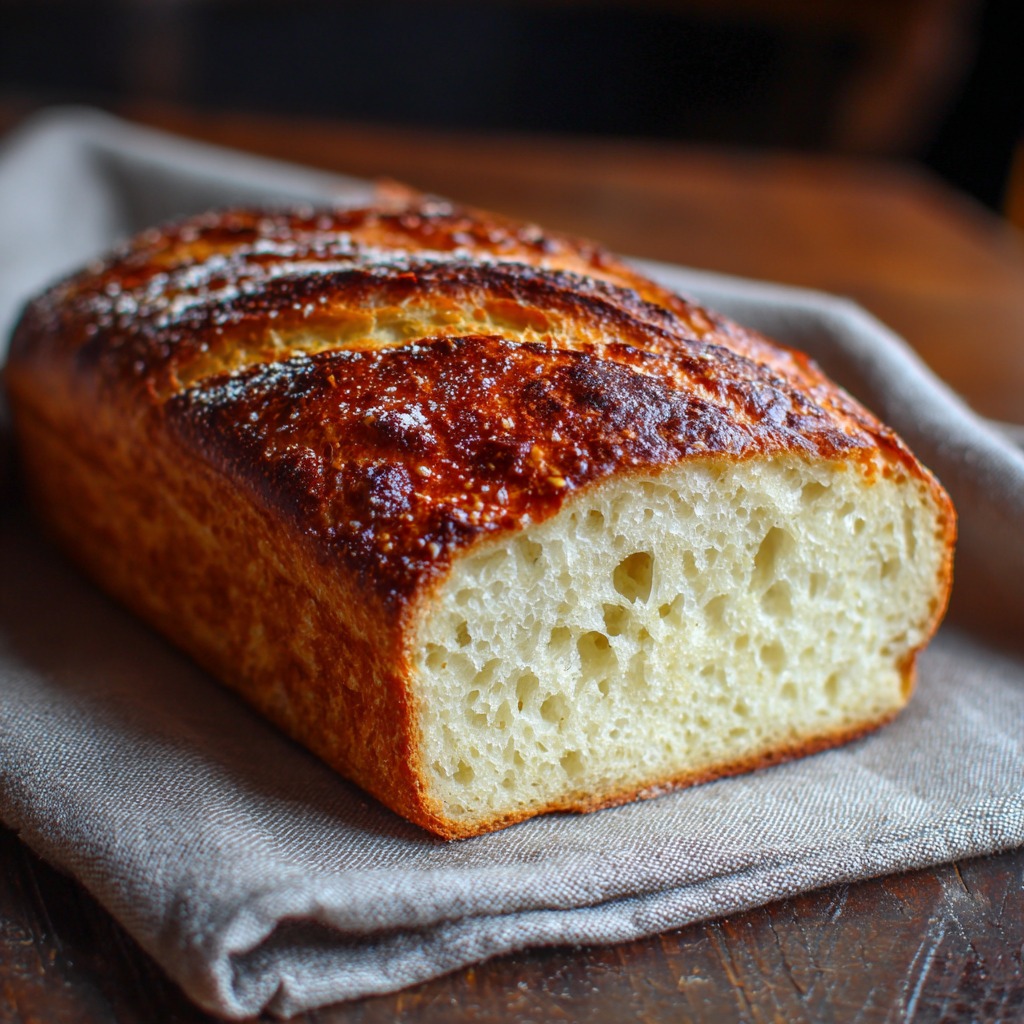
Gluten-Free Stecca Bread: Is It Possible?
If you have dietary restrictions, making steamed bread without gluten may be challenging. It is! Using gluten-free flours like rice flour, potato flour, or a blend of gluten-free baking flours will result in a gluten-free stecca bread recipe that has the flavor and texture very similar to the regular loaf. In this section, you will find instructions for a gluten-free mama stecca bread recipe!
The Best Tools for Baking Stecca Bread at Home
To achieve the best results when baking Stecca bread, specific tools can make the process easier and more efficient. While you don’t need an elaborate setup, there are a few key items that can help, such as:
- Baking Stone or Steel: Provides even heat distribution and helps create a crisp crust.
- Dough Scraper: Useful for handling sticky dough and shaping the bread.
- Stand Mixer: Makes kneading dough quicker and more efficient. This section will introduce you to the best baking tools that will enhance your Stecca bread-making experience.
Stecca Bread: A Perfect Snack for Every Occasion
Stecca bread can be enjoyed any time of day, not just for dinner. Simple dips like olive tapenade make for a great, simple appetizer, as do fresh tomatoes and basil. For groups of friends, Stecca is a perfect addition to the table. Stecca can also be used as a simple bruschetta base and makes a great side to any meal. In this section, we will share creative ways to enjoy Stecca bread as a snack or appetizer.
How to Add Flavor to Your Stecca Bread with Spices and Herbs
Stecca bread is highly versatile, which is one of its delightful aspects. You can add diverse herbs and spices to the dough and enjoy some different flavors in your Stecca. Some popular flavorings include garlic, rosemary, thyme, and fennel seeds. Each ingredient presents its own flavor profile, and in this section, we’ll review how to vary spices and herbs that can give us a customized Stecca for our tastes.
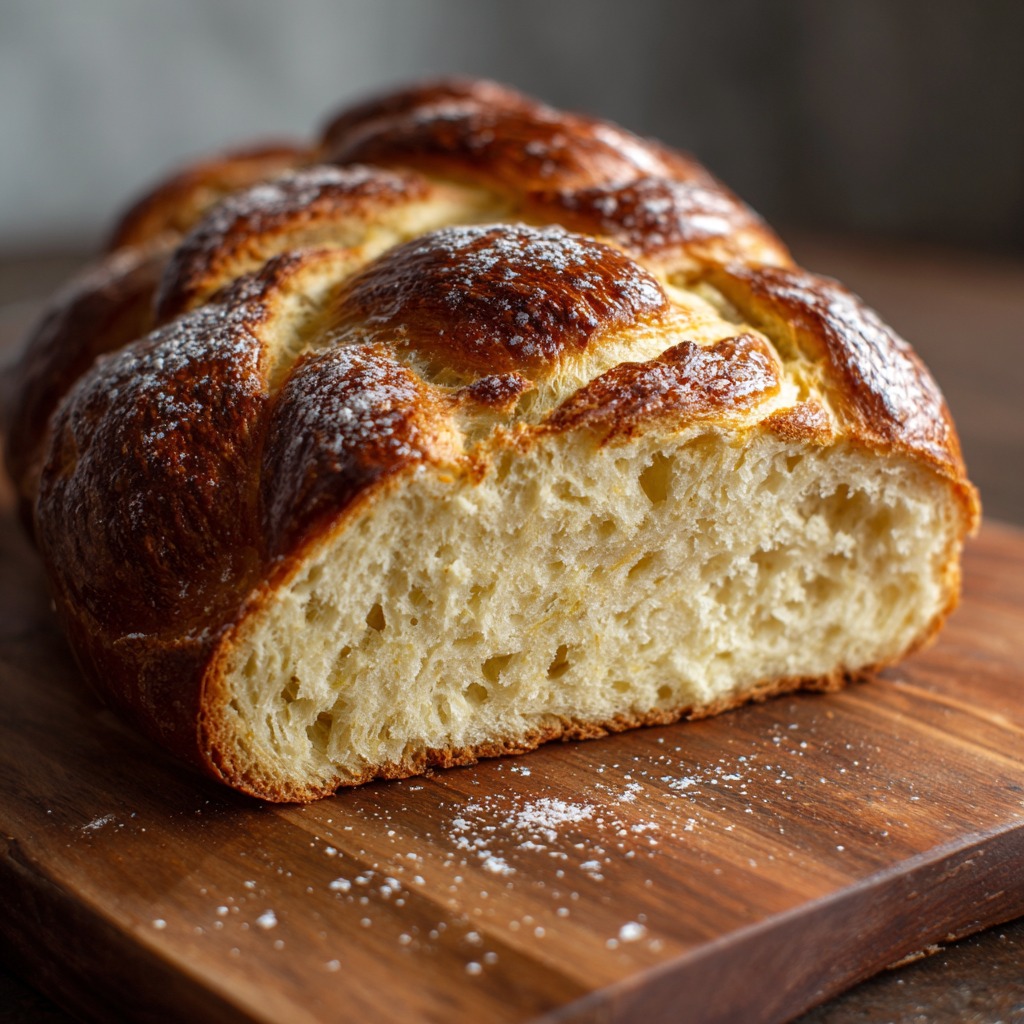
Stecca Bread for Special Diets: Vegan and Dairy-Free Options
If you follow a vegan or dairy-free diet, Stecca bread is relatively easy to adapt. Most traditional Stecca bread recipes include the use of olive oil as part of the dough (which is already vegan). For those avoiding dairy, you can also eliminate the butter or other dairy-based spreads. It’s also easy to ensure that your yeast is active, and swap out any other ingredients for plant-based alternatives. Within this section, we will walk through making Stecca bread for a vegan and dairy-free diet.
Stecca Bread: A Perfect Addition to Your Bread-Making Repertoire
Stecca bread is an essential recipe to expand your bread-baking skillset. With simple ingredients, an easy method, and delicious results, it will work for a beginner or experienced baker. You can add Stecca bread to your arsenal and explore the wonderful world of Italian baking, making artisanal loaves that will impress everyone. This section will reflect on some reasons Stecca bread is a staple in the world of bread-baking and why it should be on your must-bake list.
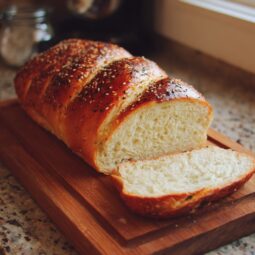
Stecca Bread Recipe
Equipment
- Mixing bowl
- Dough scraper or wooden spoon
- Baking sheet
- Parchment paper (optional)
- Stand mixer (optional, for kneading)
- Baking stone or baking tray (optional for crispier crust)
- Clean kitchen towel or plastic wrap (for covering dough during rising)
- Oven
Ingredients
- 500 g all-purpose flour
- 325 ml lukewarm water
- 1 tsp salt
- 2 tsp active dry yeast
- 2 tbsp olive oil
- 1 tsp sugar to activate yeast
- Optional toppings:
- Fresh rosemary or thyme for seasoning
- Coarse sea salt for sprinkling on top
- Garlic for additional flavor
Instructions
- Activate the Yeast: In a small bowl, dissolve sugar in lukewarm water. Sprinkle the yeast over the top and stir. Let it sit for about 5-10 minutes, or until it becomes frothy, indicating the yeast is activated.
- Mix the Dough: In a large mixing bowl, combine the flour and salt. Create a well in the center and pour in the activated yeast mixture and olive oil. Stir together until a sticky dough forms.
- Knead the Dough: Turn the dough out onto a floured surface and knead for about 8-10 minutes until it becomes smooth and elastic. If using a stand mixer, use the dough hook attachment and mix on medium speed for 5-7 minutes.
- First Rise: Place the dough in a lightly oiled bowl and cover with a clean kitchen towel or plastic wrap. Allow it to rise in a warm place for about 1-1.5 hours, or until it doubles in size.
- Shape the Dough: After the dough has risen, punch it down to release air bubbles. Turn it out onto a floured surface and divide it into two equal portions. Shape each portion into a long, thin loaf or "stick" shape (about 12 inches long). Place the loaves on a baking sheet lined with parchment paper.
- Second Rise: Cover the shaped loaves with a towel and allow them to rise for another 30 minutes.
- Preheat the Oven: While the dough is rising, preheat your oven to 220°C (425°F). If you have a baking stone, preheat it as well.
- Bake the Stecca: Once the dough has risen, place the baking sheet in the oven. Bake for 25-30 minutes or until the loaves are golden brown with a crisp crust. If you like, you can spritz the oven with water just before baking to create steam for a crunchier crust.
- Cool and Serve: Allow the bread to cool on a wire rack for a few minutes before slicing and serving.
Notes
- Hydration Level: The dough should be slightly sticky but not too wet. If it feels too sticky, add a little more flour; if too dry, add a bit more water.
- Customizations: Feel free to add garlic, rosemary, or olives to the dough for extra flavor.
- Storage: Stecca bread is best enjoyed fresh but can be stored for up to 2 days in a breadbox or wrapped in a cloth bag to preserve its texture.
- Gluten-Free Option: You can make this recipe gluten-free by substituting the flour with a gluten-free flour blend, though the texture may vary.
- Serving Suggestions: Serve Stecca bread with your favorite pasta dishes, soups, or as a base for bruschetta.

Share Your Twist!
Stecca bread is all about customization and creativity. Why stick to the traditional recipe when you can add your own personal flair? Here are some fun twists to make this classic Italian bread even more exciting:
- Herb Infusions: Add chopped fresh rosemary, thyme, or even basil to the dough for a fragrant, flavorful twist.
- Garlic Lovers: Mix in minced garlic or garlic powder for a savory bread perfect for dipping in olive oil or serving alongside pasta.
- Cheese-Topped Stecca: Sprinkle the top of your loaves with Parmesan or Pecorino before baking for a cheesy, golden crust.
- Olives and Sun-Dried Tomatoes: Add chopped black or green olives and sun-dried tomatoes for a Mediterranean-inspired version.
- Sweet Stecca: For a slightly sweet version, incorporate honey or a pinch of cinnamon into the dough, and serve with fruit jams or honey butter.
We’d love to hear what creative variations you come up with! Share your Stecca bread twist with us in the comments or tag us on social media using #SteccaTwist. Your next favorite flavor could be just one twist away!

